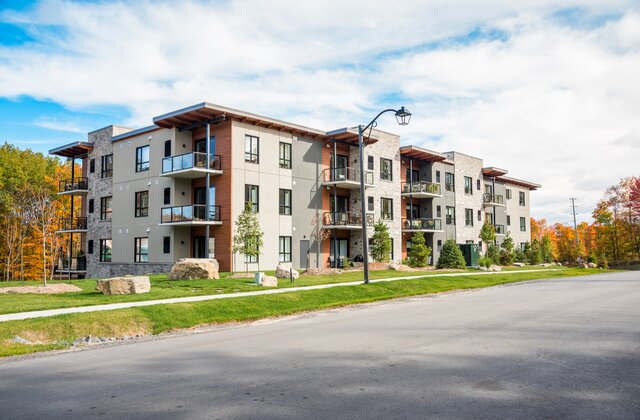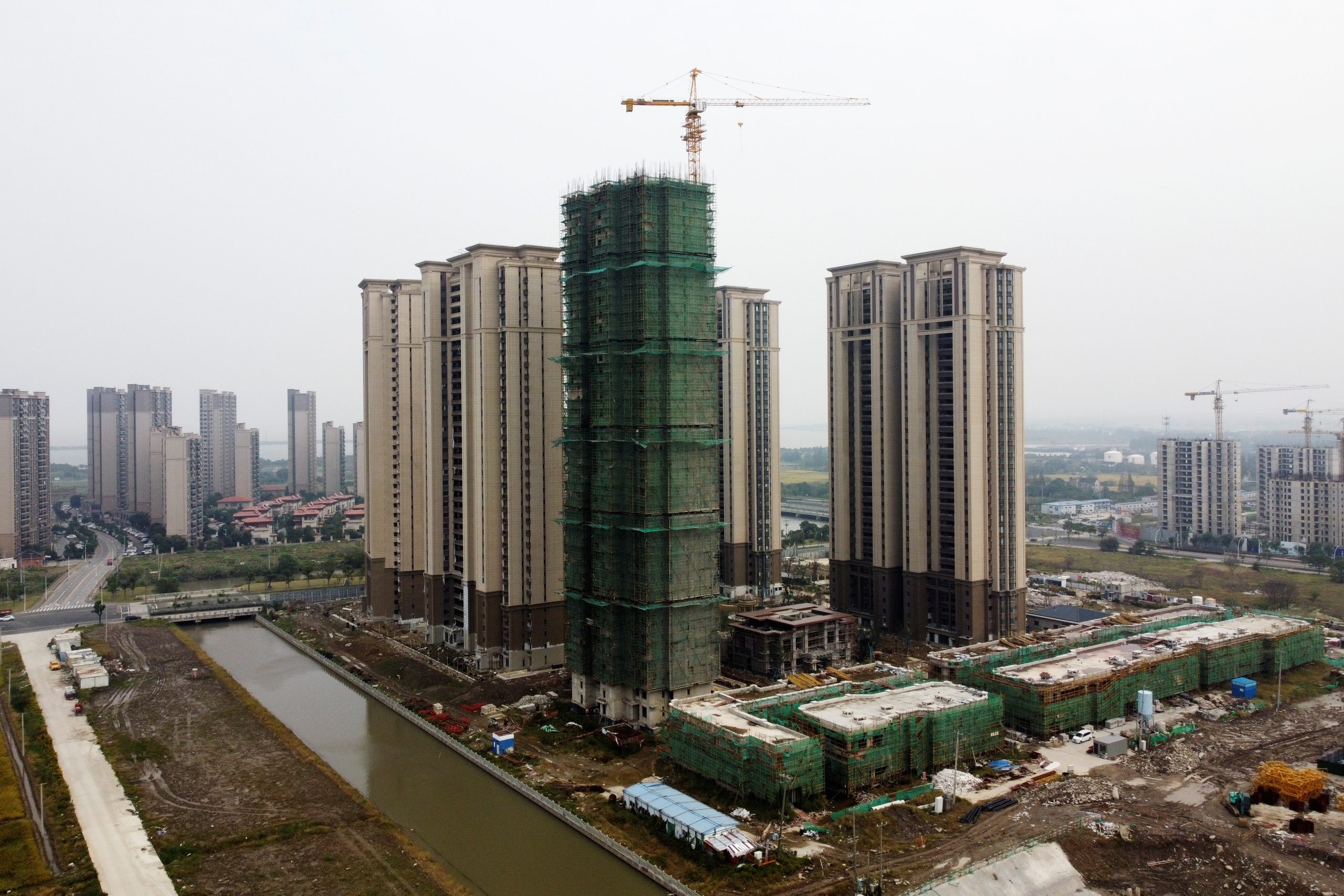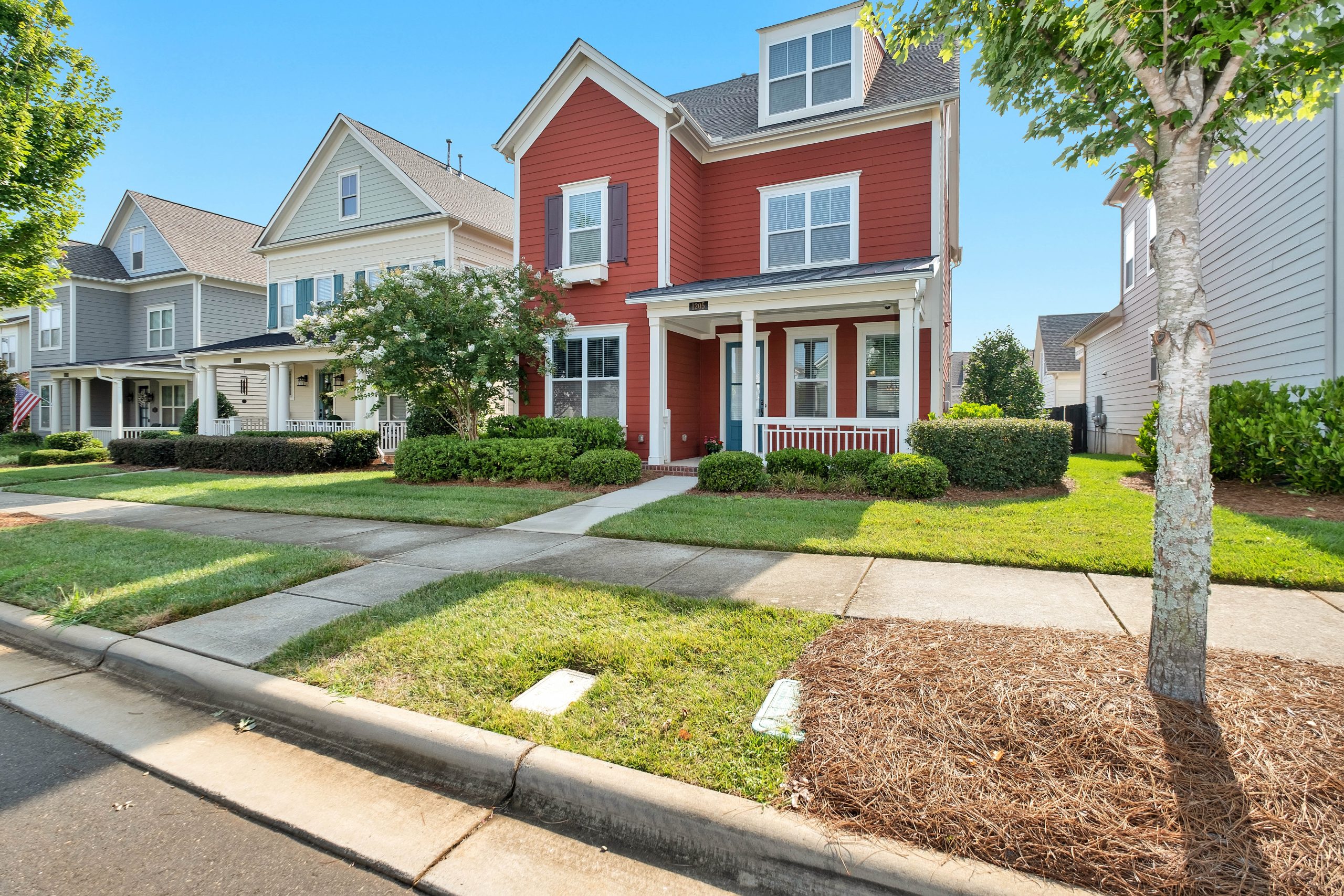In the world of real estate, the three most important factors have always been location, location, location. That timeless adage is more than just a catchy phrase—it’s a fundamental truth that plays a pivotal role in the value of properties. In this in-depth analysis, we will explore the multifaceted relationship between location and real estate prices, shedding light on the key factors you need to consider when entering the real estate market.
The Geographical Factor
Location is the first criterion potential homebuyers and investors evaluate when assessing real estate options. The geographical factor encompasses several aspects:
- Proximity to Essential Amenities: The availability of essential amenities such as schools, hospitals, shopping centers, and public transportation greatly influences real estate prices. Homes in close proximity to these conveniences often command a premium.
- Crime Rates and Safety: Safety concerns are paramount. Neighborhoods with lower crime rates tend to attract more potential buyers, driving up property values.
- Employment Opportunities: Areas with robust job markets tend to have higher demand for housing. When employment opportunities are abundant, real estate prices typically rise.
- School District Quality: For families, the quality of local schools is a significant factor. Homes in neighborhoods with top-rated schools can see their values soar.
- Public Infrastructure: Good roads, public transport networks, and well-maintained infrastructure contribute to higher property values. These elements enhance accessibility and overall quality of life.
The Urban vs. Suburban Dilemma

The great urban vs. suburban debate has raged on for decades, and location plays a crucial role in the decision-making process. Here, we dissect the pros and cons of each:
Urban Appeal
Urban areas offer a vibrant lifestyle with cultural attractions, dining, and easy access to work. As a result, properties in city centers often come with a premium price tag. However, this can be offset by higher living costs and limited space.
Suburban Retreat
Suburbs offer a quieter, family-friendly atmosphere with more spacious homes and a lower cost of living. However, the trade-off can be a longer commute to work and a lack of cultural amenities.
The Rural Resurgence
While cities and suburbs have long dominated the real estate market, the 21st century has seen a rural resurgence. As remote work becomes more commonplace, rural properties are gaining appeal. Inexpensive land, tranquil surroundings, and the ability to maintain a balanced lifestyle are attracting those who can work from anywhere.
The Future of Location and Real Estate
As we delve into the 2020s, we witness an evolving relationship between location and real estate. The rise of remote work, the impact of climate change on coastal properties, and the growth of smart cities are all factors that will shape the future landscape of real estate.
In conclusion, the impact of location on real estate prices is a multifaceted and dynamic relationship. To make informed decisions in the real estate market, it’s crucial to consider the geographical, urban vs. suburban, and rural factors that play into the value of a property. As we look to the future, staying attuned to the changing dynamics of location in real estate will be the key to successful investments.











